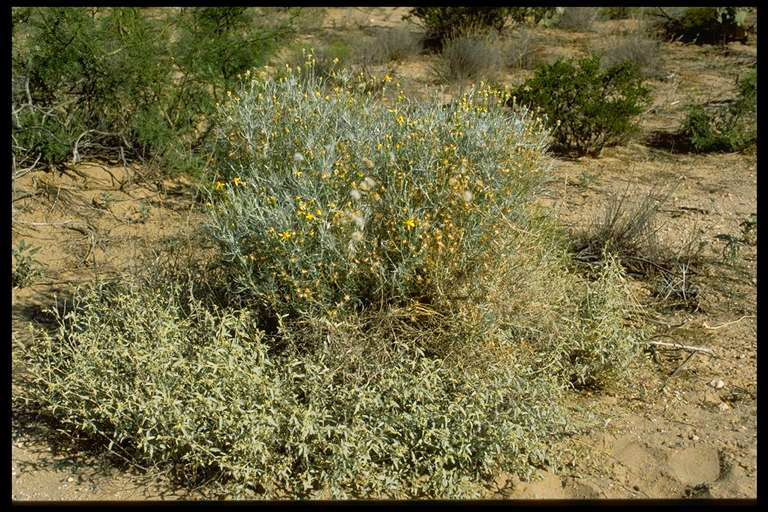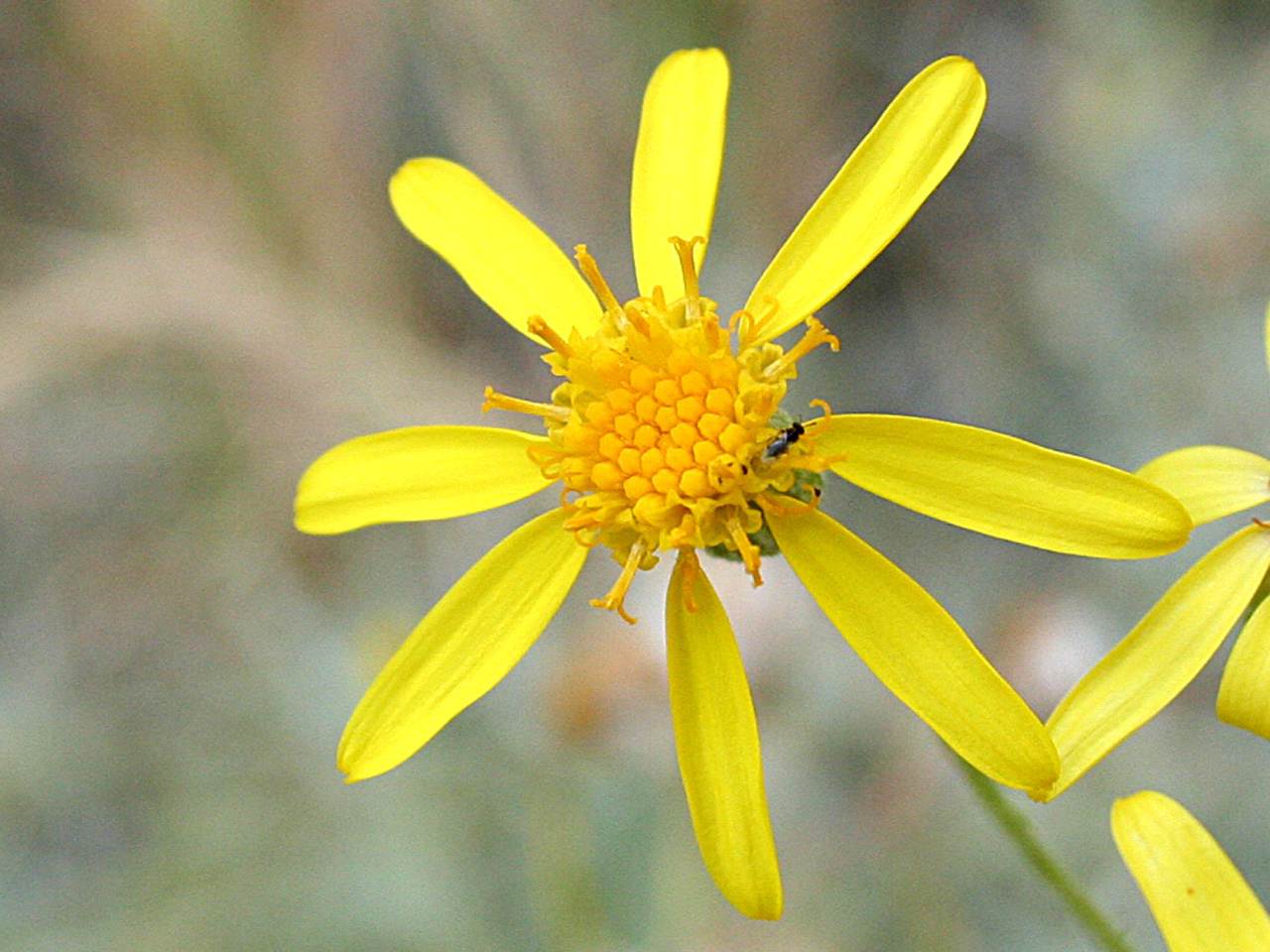Selected Plants of Navajo Rangelands
Groundsel, threadleaf

Threadleaf groundsel typically grows in dry, gravelly, or hardpan soils, and may be found on plains and foothill areas. It flowers in the late summer.
Threadleaf groundsel, often called woolly groundsel, contains pyrrolizidine alkaloids that may poison cattle, horses, and sheep. All parts of these plants are poisonous to all classes of livestock, but younger plants tend to be more palatable to livestock. Young animals are more susceptible.
If liver damage occurs, animals may survive for six months or longer after they have ingested a lethal amount of the plant, and may show no outward symptoms during this period. Often in response to some stressful situation, such as pregnancy or lactation, they may develop liver failure. The best preventive is avoidance of the plant.


©2018 NMSU Board of Regents.
Individual photographers retain all rights to their images.
Partially funded by the
Western Sustainable
Agriculture Research and Education Program
(westernsare.org; 435.797.2257),
project EW15-023.
Programs and projects supported by Western SARE are
equally open to all people.